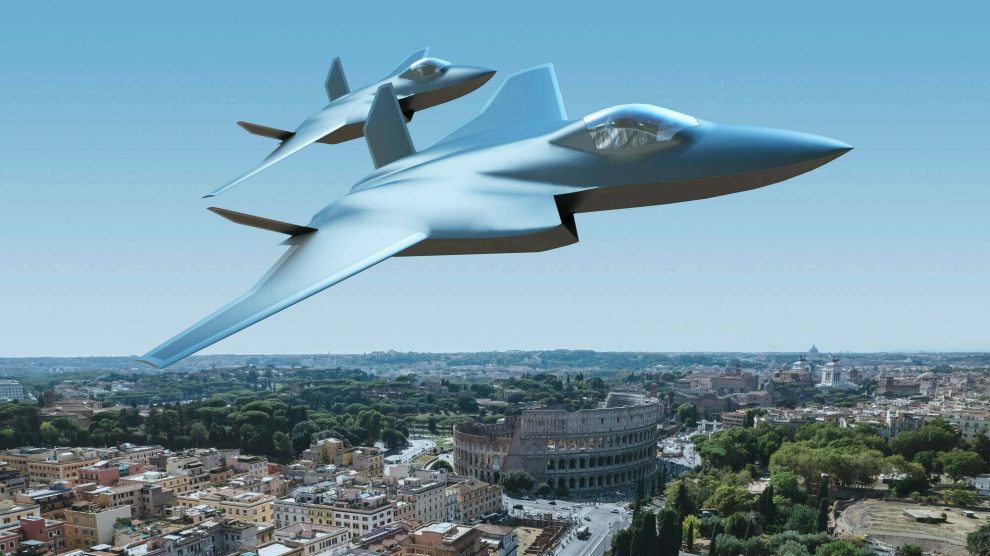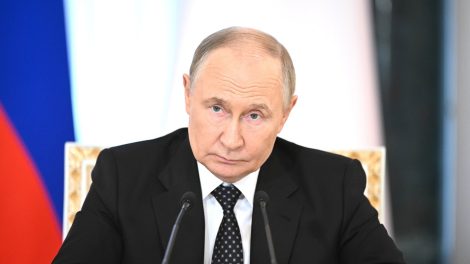Kishida in Rome. Japanese Prime Minister Fumio Kishida is scheduled to visit Italy on 10 Jan. He is expected to meet with his Italian counterpart Giorgia Meloni.
- PM Kishida is also scheduled to visit France, the United Kingdom, Canada and the United States. During his visit, Prime Minister Kishida is scheduled to hold meetings with the leaders of these countries to discuss a wide range of topics, such as regional and international affairs, including Ukraine, as well as bilateral relations, his office said Wednesday.
- “Through this visit, Prime Minister Kishida intends to confirm cooperation for the success of the G7 Hiroshima Summit under Japan’s presidency this year, and confirm further collaboration between likeminded countries by deepening security cooperation with these countries which have been strengthening interest and engagement in the Indo-Pacific”.
The bilateral meeting with Meloni. Prime Ministers Meloni and Kishida are expected to discuss the next-generation jet fighter project Global Combat Air Programme (GCAP), G7 (in 2023, Italy is expected to assume the G7 Presidency), industrial cooperation, energy and investments ahead of the consequences of the Russian invasion of Ukraine and the Chinese assertiveness.
- In December, Italian rail operator Trenitalia announced the debut of a new hybrid train called Blues, built by Japanese company Hitachi Rail.
- Also in December, Petronas, Italy’s Eni and Japan’s leading biotechnology-driven company Euglena announced that they are jointly studying the possibility of developing and operating a biorefinery in the Pengerang Integrated Complex (PIC), one of the largest integrated refinery and petrochemical developments in Southeast Asia.
- On Wednesday, Japanese car giant Toyota announced that it had achieved a market share of more than 7% in Italy, its best result. The Japanese automotive giant already has two significant partnerships in Italy in the hydrogen field: sustainable mobility with Snam and fuelling stations with Eni.
A new supersonic jet. In December, the leaders of Japan, Italy and the United Kingdom officially kickstarted an “unprecedented” defence alliance to develop and build a future-proofed sixth-generation supersonic jet. The development phase will begin in 2024, and the aircraft is expected to become operational in 2035.
- The UK and Italy will merge their existing Future Combat Air programme, dubbed Tempest, with Japan’s F-X project, with the three countries sharing development costs. The GCAP is Tokyo’s first significant defence collaboration with any country other than the US.
- The new programme will be led by the national defence champions of each country: Italy’s Leonardo, Japan’s Mitsubishi Heavy Industries and the UK’s BAE Systems.
- The next-generation fighter jet may be developed through a joint venture and built in more than one country, according to officials at Mitsubishi Heavy Industries.
- “As leaders of Italy, Japan and the UK, we are committed to upholding the rules-based, free and open international order, which is more important than ever at a time when these principles are being challenged and threats and aggression are on the rise,” said the countries’ Prime Ministers in a joint statement.
- The joint collaboration, remarked British PM Rishi Sunak, underscores that the security of the Euro-Atlantic and Indo-Pacific areas is “indivisible” – meaning they cannot be approached separately, and “cooperation between NATO and partner countries, such as Japan, must be reinforced,” as a Japanese diplomatic source told our sister wedbsite Formiche.net.
Ready for lift-off. The deal aims to put an advanced front-line fighter into operation by 2035 by combining the Future Combat Air System project, also known as Tempest, with Japan’s F-X programme.
- According to the Japanese Ministry of Defence, “the three countries have agreed to develop a common platform based on the result of the joint analysis on the extent of commonality of the aircraft. Details of specifications will be decided as the design work proceeds among the three countries. In any case, a common platform will be developed by bringing together the technological advantages of each country and by sharing development cost and risk to the maximum degree possible”.
- “Japan has accumulated technological expertise through developing F-2, advanced integrated sensor system, X-2 (experimental aircraft for testing advanced technologies), XF-9 engine and others,” said the Japanese Ministry of Defence. “During the similar timeframe, UK and Italy have also accumulated technological expertise through the joint development of Eurofighter Typhon as well as through participation in the joint development of the US-led F-35 Joint Strike Fighter”. Each of the three countries holds its “own technological advantages related to fighter aircraft development. We believe that GCAP will bring these advantages together while sharing development risk and cost to develop our advanced next-generation fighter aircraft.”
The Japanese perspective. According to the Japanese Ministry of Defence, “the advantages of international joint development, such as increasing the number of aircraft production compared to independent development, will contribute to maintaining and strengthening Japan’s defence production and technological bases”.
- Concerning the regulations on defence equipment and technology transfer in Japan, such as the ‘Three Principles on Transfer of Defence Equipment and Technology’ and its ‘Implementation Guidelines,’ “the Japanese cabinet approved the National Security Strategy and other related documents recently on 16 Dec, 2022, stating that the revision of these regulations will be considered in order to promote smooth transfer of defence equipment and technology and international joint development in a broad array of fields,” the Japanese Ministry of Defence added.
- “Though we would refrain from prejudging the specific content of this consideration at this point, [the Japanese Ministry of Defence] will firmly work on this effort together with the relevant ministries.”





